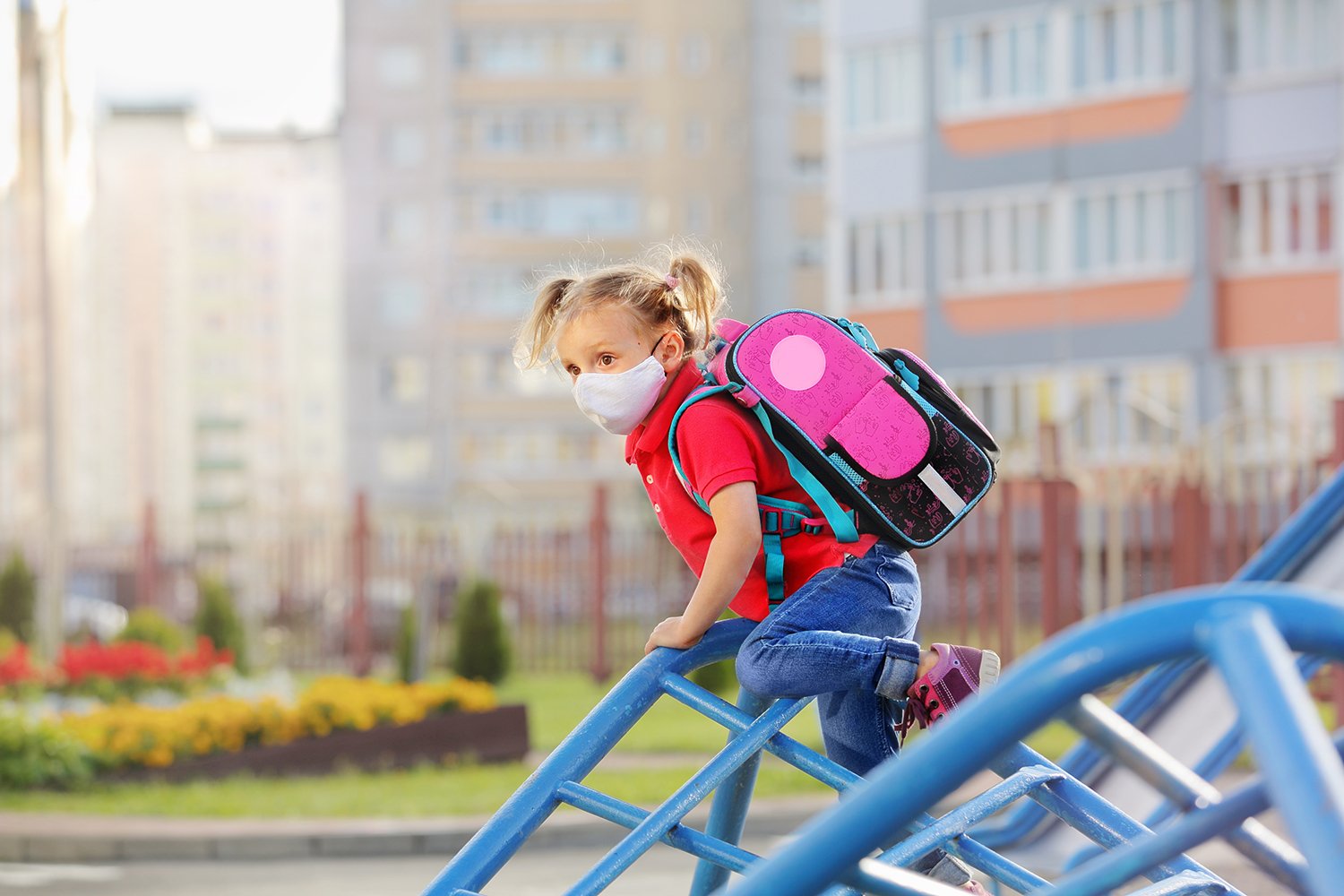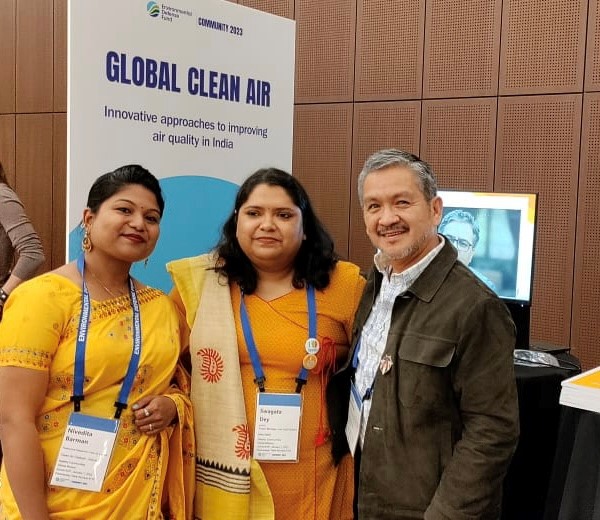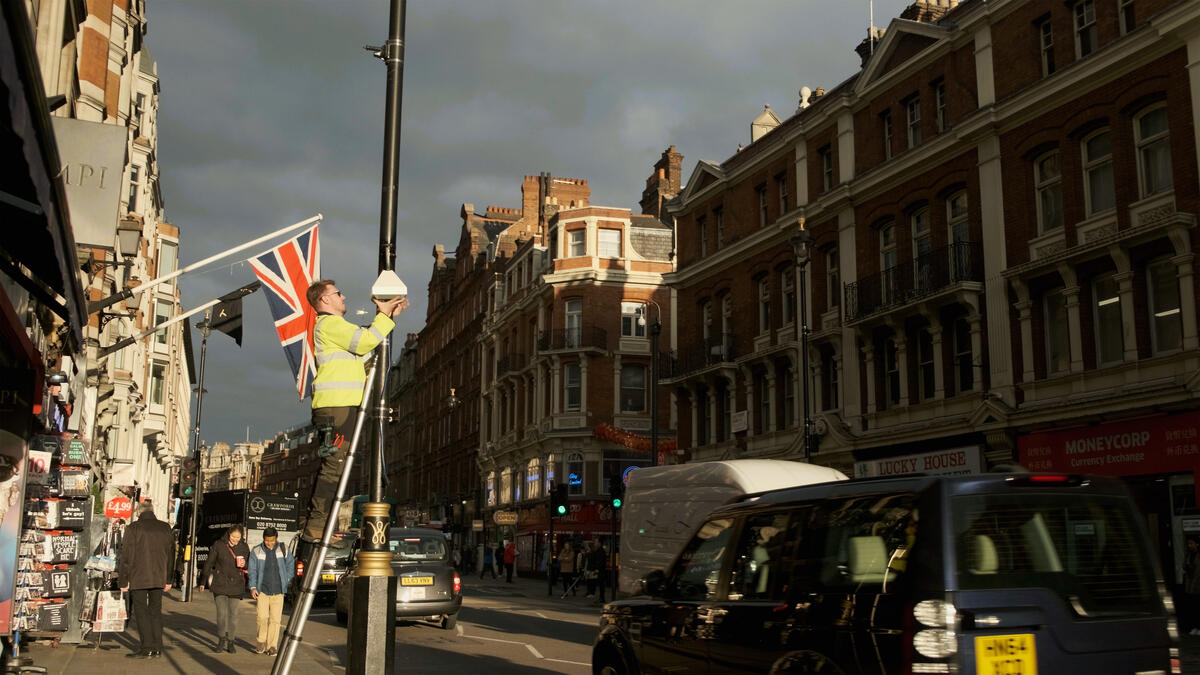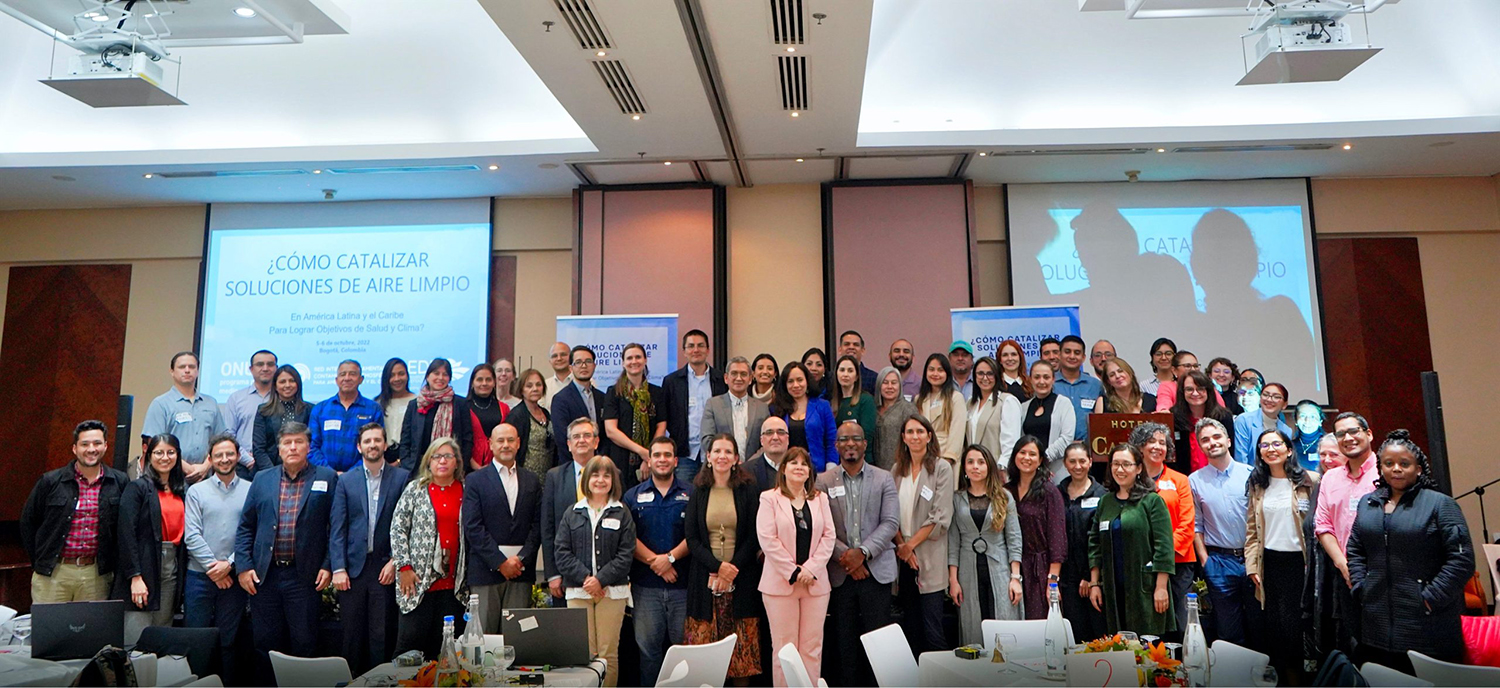Wildfire Smoke Underpins Need for Investments in Clean Air, Climate

Breathing clean air is a human right, for all. (Photo by Shutterstock)
The email from my daughter’s school said all outdoor activities were cancelled due to the air pollution. In Washington DC, where I live, and all up and down on northeast, the pollution was so bad that the sun only appeared as a small orange dot as it tried to penetrate the thick smoke from the raging wildfires across Canada. We put on masks, shut the windows, and tried to stay mostly inside. But the pollution was impossible to escape. I felt my own lungs tighten up on walks with the dog and up to my daughter’s school. The sky disappeared and a thick haze hung over us all for days. It felt apocalyptic.
Sarah Vogel shares her experience with her daughter breathing wildfire smoke in Washington, DC, June 7.
My mind immediately turned to parents and children in many parts of the world who experience high levels of air pollution every day. Air pollution is a global public health crisis. It cuts short the lives of millions and contributes to chronic illnesses like asthma and respiratory and heart disease, preterm births and impacts our brains. The connection between climate change and our health couldn’t be clearer: a warming planet leads to increased severity and frequency of wildfires across the world resulting in air pollution. And for too many people across the world, the impact from fire only magnifies the existing risk of air pollution.

We need upstream solutions that deliver cleaner air for people around the world, while addressing climate change challenges.
That is why Environmental Defense Fund (EDF) launched the Global Clean Air initiative that brings together diverse partners to drive innovative air pollution data into action. Innovations in air quality monitoring—from lower cost sensors to satellites—are helping to generate insights into the pollution where we live, work and play—unlocking our ability to better understand the sources of the pollution, the impacts on our health and well-being, and the resources and decisions needed to make solutions happen.

Putting data into action requires both expertise and deep collaboration to ensure that the questions asked, and the solutions developed directly support interventions that deliver cleaner air at the local scale especially for those at the greatest risk. How can the deployment of electric trucks lessen the pollution burden in neighborhoods already experiencing poor air? How can waste systems be strengthened to lessen pollution from the burning of garbage? Or transportation systems that lessen traffic congestion such as from idling diesel trucks entering ports? How can an “ultra-low emission zone” (ULEZ) in a city be designed to deliver cleaner air in heavily burdened parts of the city and ensure that it does not drive pollution to other neighborhoods?” (ULEZ) in a city be designed to deliver cleaner air in heavily burdened parts of the city and ensure that it does not drive pollution to other neighborhoods?

New Latin American and Caribbean Countries Partnership
I am excited about a new project we are working on in Latin America, where cooperation across nations and cities is at the heart of the approach to scaling clean air and climate solutions.
EDF and the United Nations Environment Programme’s Office for Latin America and the Caribbean are working together with key partners from across the region to share knowledge and innovative technologies and tools, as well as to mobilize resources, to support the development and implementation of high-impact clean air strategies across the region that reduce air pollution to advance health and climate goals.
Air pollution is the biggest environmental health threat in 33 Latin America and the Caribbean (LAC) countries. That means that more than 500 million people in the LAC region breathe air that exceeds the World Health Organization’s guidelines for air pollution.
In conjunction with Brazil’s Ministry of Environment, for example, we have started an ambitious collaboration project to guide the development of the national air pollution monitoring network and the integrated air quality management framework.

The air pollution emergency last week rang once again the alarm bell on the urgency of the climate crisis. It took away something that some have been lucky enough to take for granted everyday – the ability to breathe clean air—but which for far too many people around the world has become an unacceptable threat to life. We have unprecedented tools and knowledge to deliver cleaner air around the world. What we need is the investment in resources, support, and capacity to ensure a right to clean air.
Sarah Vogel lives in Washington, DC and is senior vice president for healthy communities at Environmental Defense Fund.
